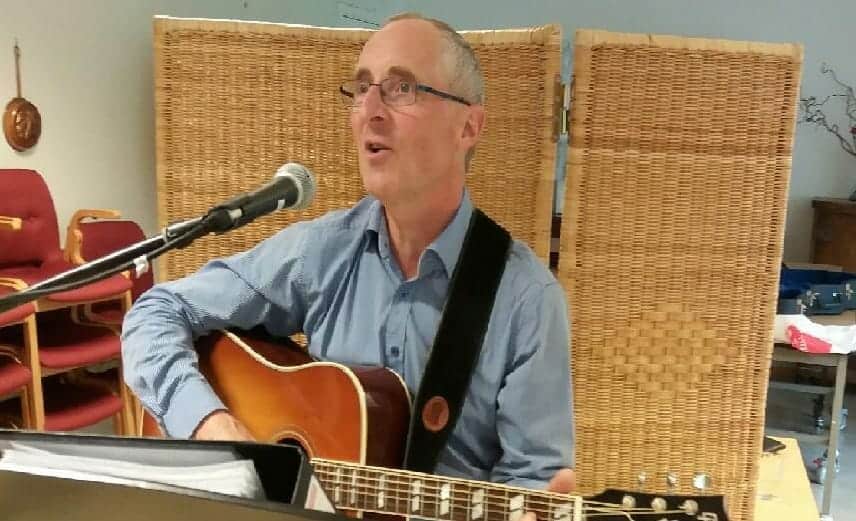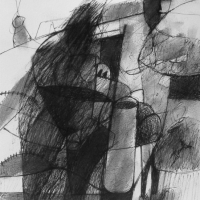

Satino’s treatment is still in experimental stages and is not open to the general public.

The procedure can be uncomfortable but Satino said it's a one hour treatment that only needs to be performed once. Satino said his stem cell treatment, which can cost several thousands of dollars, also uses a laser to agitate the skin so the stem cells can migrate into the hair follicles. Those factors then are injected into the scalp in the affected area.” It's called PRP or platelet rich plasma which contains stem cells and growth factors.

“This treatment involves drawing the blood of the patient, their own blood,” Satino said.

John Satino, clinical director at the "Hair and Scalp Clinics" in Clearwater, FL explained how his experimental stem cell treatment is intended to work on humans. Other experimental treatments claim they may help hair grow back regardless of why it fell out, but caution is advised until conclusive evidence proves their safety and efficacy. The treatment in this study, however, is only suitable for pattern hair loss, or androgenetic alopecia, and not intended for those with a different underlying condition. “This is research the industry has always wanted to do, and ARI has combined the support, the market, and the scientific wherewithal to do it,” said Vice President Vern Liebmann. The research focuses on taking the two primary cell types within hair follicles fibroblasts and keratinocytes and promoting their growth in controlled laboratory environments before recombining them and inserting the “combined hair cells” in the patient’s skin, where they are expected to generate hair growth. It’s a tremendous opportunity,” said Kurt Stenn, MD, Vice President and Chief Scientific Officer. “The second phase of this study is another step in our efforts to truly understand the impact of regenerative cell therapy on pattern hair loss. Structured around the findings from the first study, the second phase continues to evaluate the impact of the stem cell treatment process on female pattern hair loss and male pattern baldness. (ARI) recently announced the launch of its Phase 2 clinical study on cell-based hair regeneration in men and women. The success of stem cell regeneration in producing hair growth in mice has been well documented over the past decade but Aderans Research Institute Inc. With hair loss in women on the rise and men becoming increasingly concerned about their receding hairlines, it’s good to hear that the amounts of money being poured into cures for baldness aren’t being wasted.


 0 kommentar(er)
0 kommentar(er)
